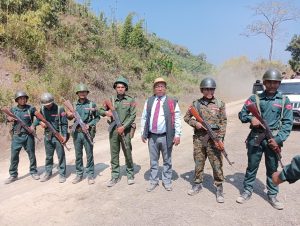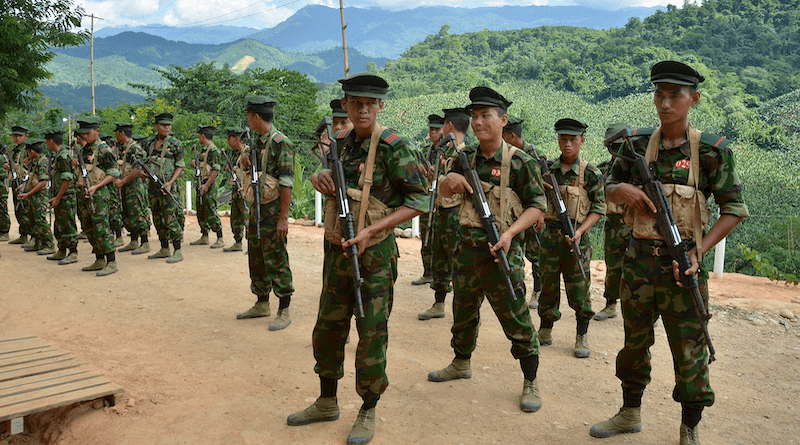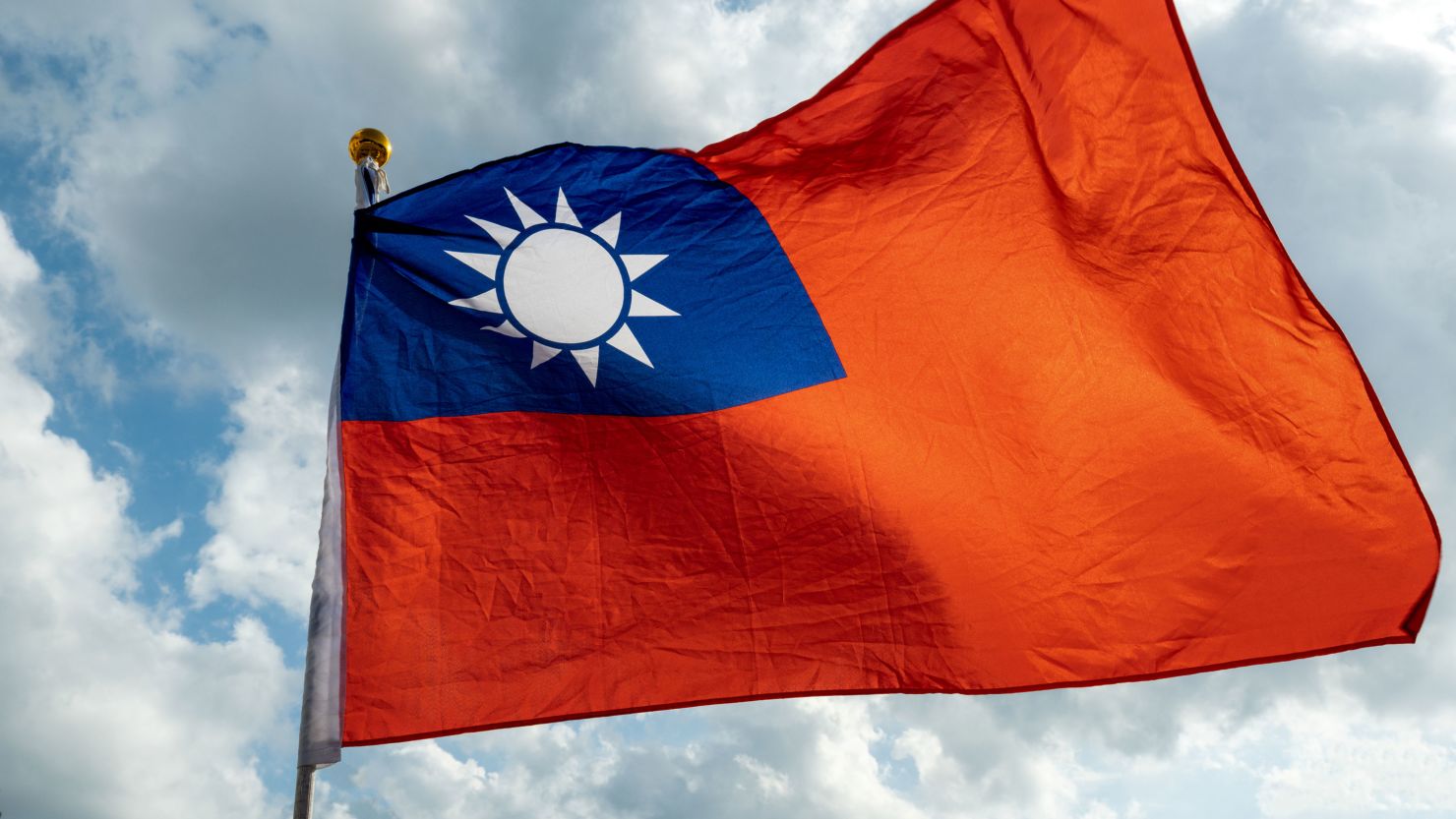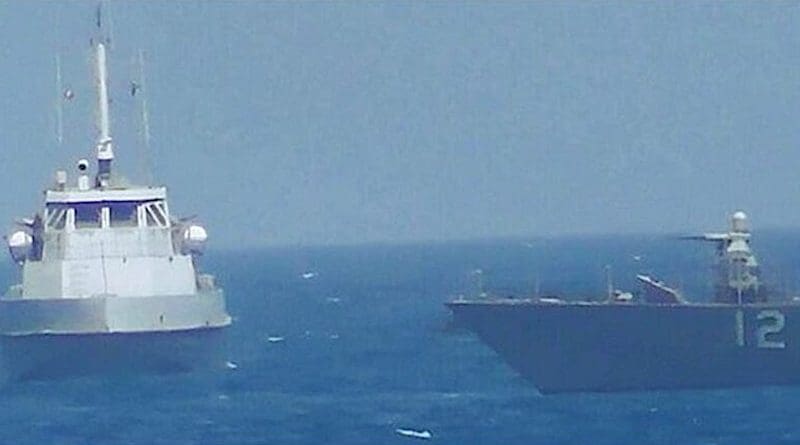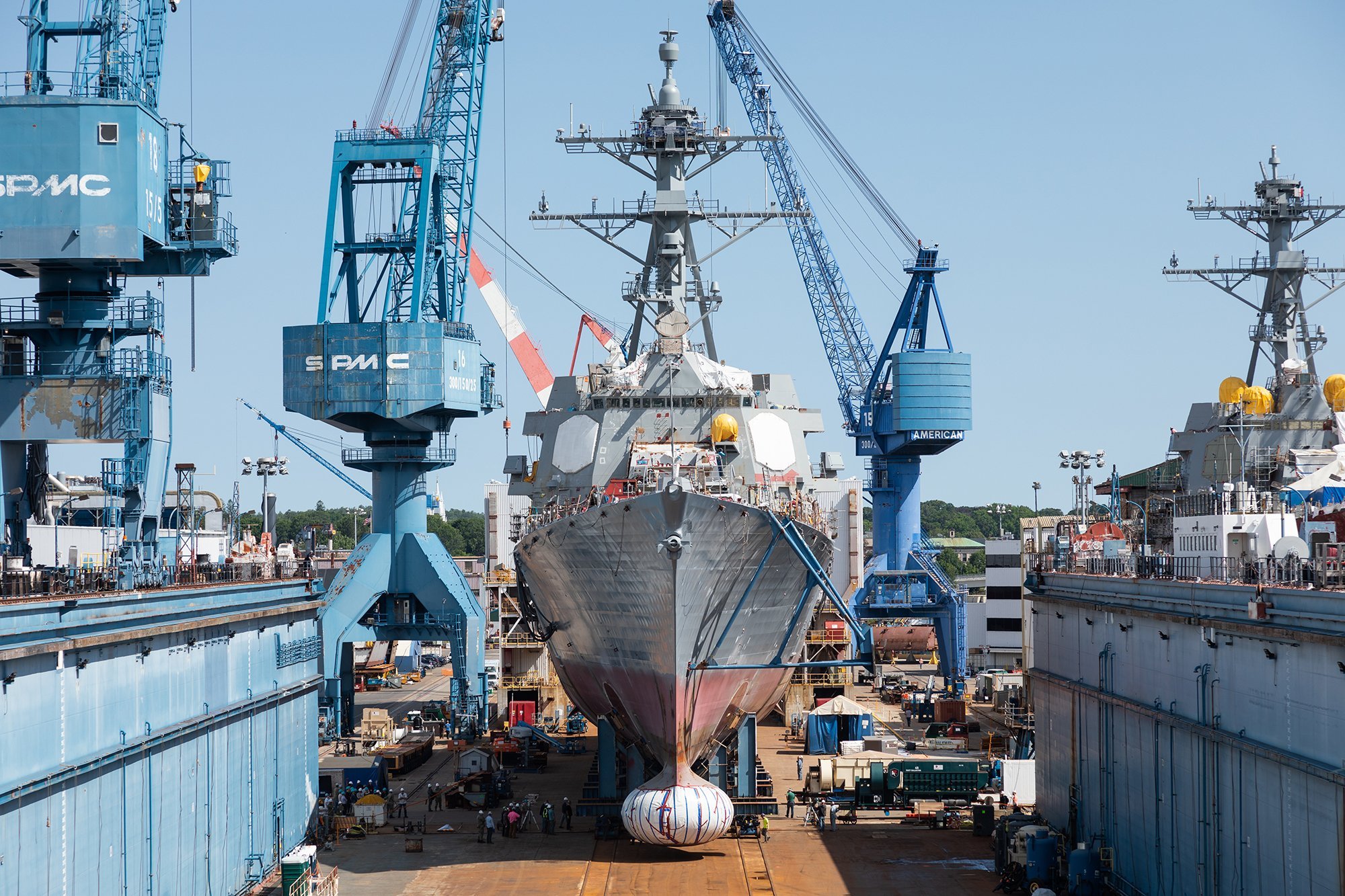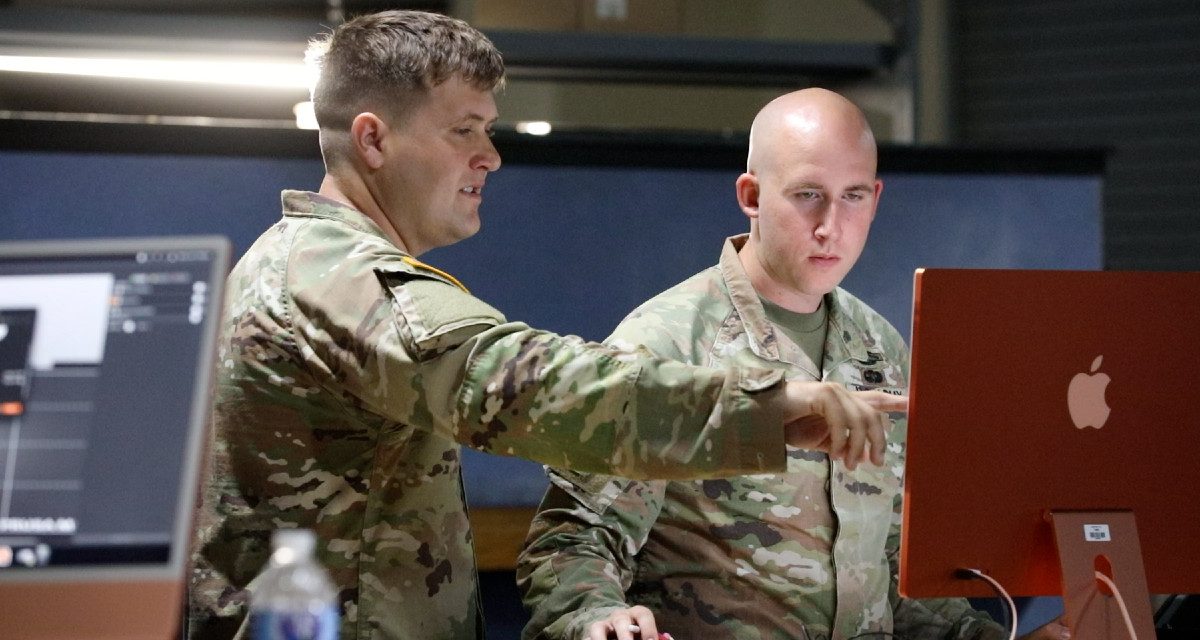
President Biden likes to say that no President has been a better friend to Israel, but of late he doesn’t sound like it. He beat up Israel’s leaders in his State of the Union speech, criticized its war strategy in Gaza with regularity, and on the weekend called Israel’s plans to clear Hamas from its last stronghold in the city of Rafah a “red line” that Israel shouldn’t cross.
“It is a red line, but I am never going to leave Israel. The defense of Israel is still critical. So there is no red line I am going to cut off all weapons, so they don’t have the Iron Dome to protect them,” Mr. Biden said on MSNBC. “But there’s red lines that if he crosses,” without finishing his train of thought, before adding “you cannot have 30,000 more Palestinians dead.”
As is often the case, it’s hard to tell what Mr. Biden means. He wants fewer civilian casualties in Gaza, but so does Israel since the diplomatic consequences fall on the Jewish state, not on Hamas. That’s why Israel has held off on its Rafah campaign until it can put together a plan to let civilians find refuge to the city’s north.
The best way to protect civilians would be for Egypt to let them cross the border into Sinai until the fighting stops. But Mr. Biden hasn’t been willing to lean on Egypt’s President Abdel Fattah Al Sisi, despite some $1.3 billion in annual U.S. military aid to Cairo.
Israel can’t avoid a Rafah campaign if it wants to achieve its war aim of destroying Hamas. Surely Mr. Biden knows this. The U.S. didn’t let ISIS retain its stronghold in Mosul in Iraq, and the siege of that city also had unintended civilian casualties.
